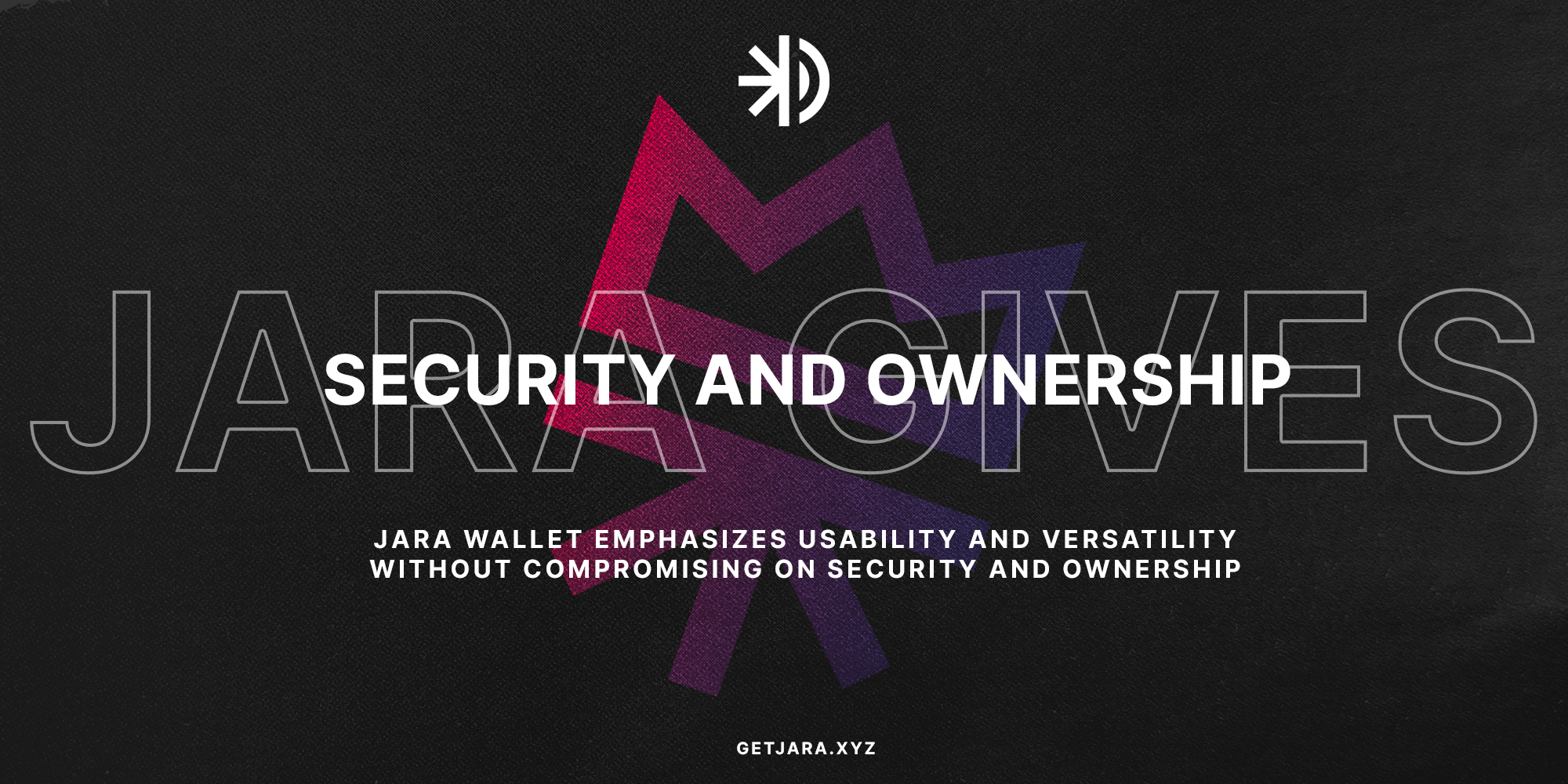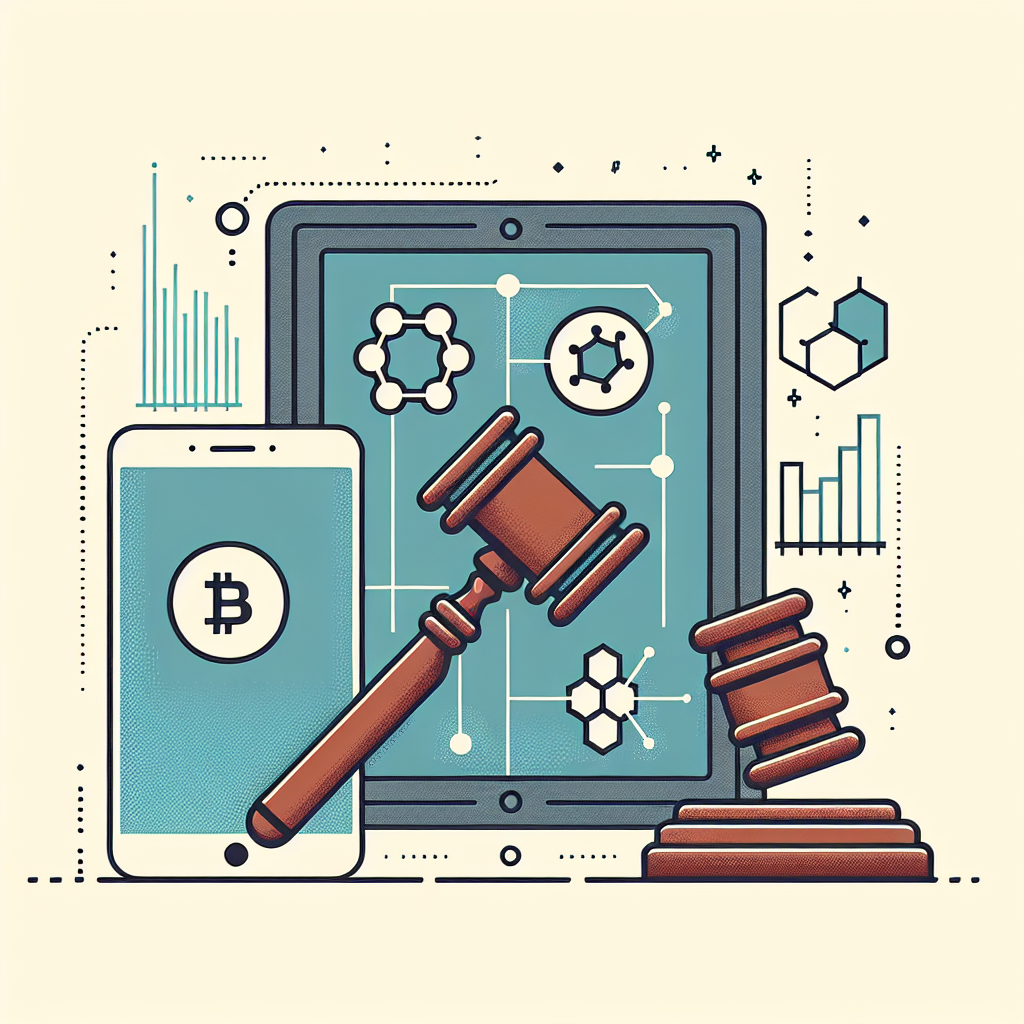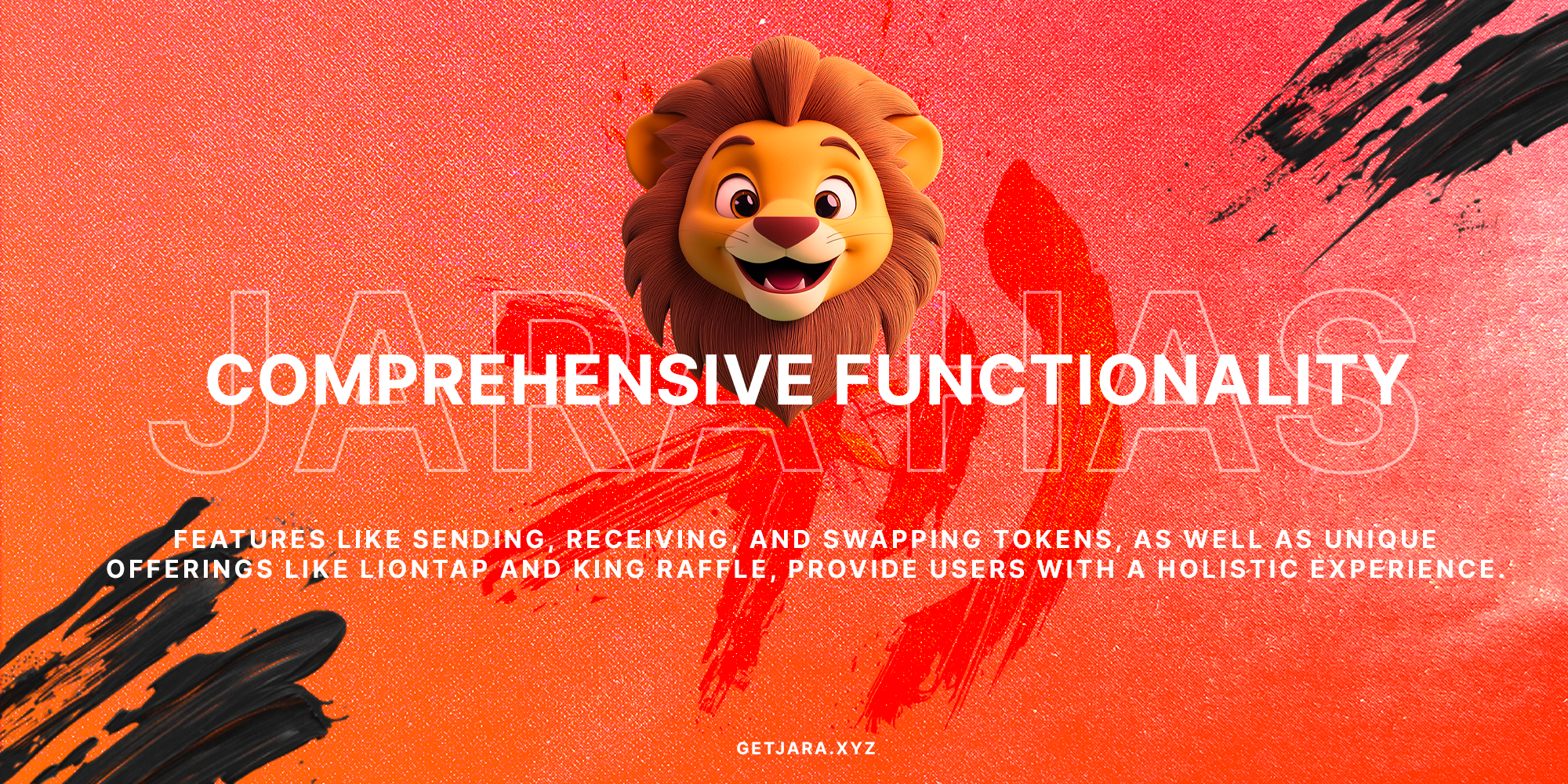Understanding Gas Fees in Smart Contracts
So, what are gas fees, and why are they a crucial element when dealing with smart contracts? Imagine gas fees as the fuel of the blockchain world. In simpler terms, gas fees are the costs required to execute transactions or run smart contracts over a blockchain. They compensate the network’s validators and ensure the system’s smooth operation. When you send a transaction or execute a smart contract, you agree to pay a specified amount of gas, which incentivizes validators to process and verify your transactions swiftly and securely.
What are gas fees in blockchain? Gas fees are payments made by users to compensate miners for the computational energy required to process and validate transactions on the blockchain network.
Importance of Gas Fees
Gas fees play a vital role in the blockchain ecosystem. For starters, they maintain the network’s security. When you pay a gas fee, you effectively reward validators for correct and honest transaction processing, which is essential in preventing fraud and ensuring the integrity of the blockchain. Additionally, gas fees help prevent spam transactions, as individuals are less likely to clog the network with unnecessary actions if they come at a cost.
- Network Security: Gas fees ensure that validators are rewarded for processing transactions honestly, maintaining the blockchain’s integrity.
- Prevention of Spam: Charging for transactions discourages the execution of unnecessary or harmful transactions.
- Resource Allocation: Ensures equitable resource allocation, directing validators’ efforts toward genuine transactional needs.
But here’s where things get tricky. Gas fees are not fixed. They fluctuate based on several factors, mainly network congestion and transaction complexity. When the demand for transactions on the network increases, gas fees rise, making blockchain transactions costlier.
Why do gas fees fluctuate? Gas fees fluctuate primarily due to varying network demands and the complexity of transactions being processed at any given time.
Key Factors Affecting Gas Fees
Understanding what influences gas fees can help you make smarter, more cost-effective decisions when dealing with smart contracts. Below are some of the critical factors:
- Network Congestion: High demand on the network increases gas fees, as users compete to have their transactions processed quickly.
- Transaction Complexity: Complex transactions requiring more computational work consume more gas and therefore cost more.
- Blockchain Used: Different blockchains charge different gas fees, with Ethereum known for higher fees, while others like Solana and Avalanche offer lower-cost alternatives.
In busy periods, such as during popular decentralized finance (DeFi) or non-fungible token (NFT) launches, gas fees can skyrocket. Thus, planning your transactions during off-peak hours can help you manage your costs effectively.
Effective Strategies to Reduce Gas Fees
The good news is there are strategies to reduce these costs. Tailoring your approach to specific techniques can make a significant difference to your financial bottom line when dealing with gas fees. So, how can you navigate and reduce these fluctuating costs?
- Utilizing Layer 2 Solutions: These solutions are designed to process small transactions off the primary blockchain (Layer 1) like Ethereum. By reducing on-chain operations, Layer 2 can significantly lower your transaction costs.
- Optimizing Transaction Timing: To pay less in gas fees, you can time your transactions during off-peak hours when network congestion is lower.
- Choosing Low Gas Fee Blockchains: Exploring other blockchains that offer lower fees, like Solana and Avalanche, might be a more cost-effective solution.
“Jara- Unlocking the Future to Africa’s Crypto Ecosystem.”
The Role of Jara in Reducing Gas Fees
Jara is revolutionizing how investments flow into Africa’s budding digital asset economy. The $JARA token is crucial to this ecosystem. Not only does it provide access, but it also serves multiple functions within Jara’s vertically integrated platform, from paying gas fees to unlocking premium features and financial benefits.
Committed to addressing the infrastructure gap across Africa, Jara is building a cutting-edge ecosystem that stands at the forefront of the continent’s digital transformation. By leveraging a Caldera-based Layer 2 blockchain solution, Jara ensures that transactions are quick, secure, and cost-effective, thus positioning itself as a leader in facilitating access to digital asset investment opportunities across Africa.
Why are smart contracts key in $JARA’s growth? Smart contracts automate the execution of transactions within the Jara ecosystem, ensuring low gas fees and efficient operations, making $JARA an attractive investment opportunity.
This robust and comprehensive approach not only simplifies cross-border transactions but also empowers individuals and businesses in Africa by transforming real-world assets into accessible digital tokens. With the $JARA token at the core, users experience simplified and effective ways to pay for gas fees, stake tokens for rewards, and access a variety of dApp ecosystem utilities.
For all things finance, embracing innovations like smart contracts within Africa’s $200B Plus digital economy can drive significant cost reductions. It’s no question, then, why understanding smart contract operations and choosing the right blockchain for your needs is crucial. And when it comes to Africa’s digital ecosystem, Jara’s integration sets the stage for unprecedented efficiency and opportunity.
“Jara – Connects global capital with premium African investment opportunities through cutting-edge blockchain technology and seamless cross-border transactions.”
Understanding Ethereum Gas Fees: A Comprehensive Guide
In the rapidly evolving world of cryptocurrency, Ethereum stands as a giant. Its blockchain network supports a plethora of decentralized applications, smart contracts, and transactions. But with great utility comes a significant cost, commonly referred to as gas fees. So, what are Ethereum gas fees, why are they so pivotal, and how can you minimize your costs? Let’s dive in!
“Gas fees are essentially the fuel that powers the execution of transactions on the Ethereum network. Understanding them is key for cost-effective interactions.”
Understanding Ethereum Gas Fees
The term gas fees might sound technical, but think of them as tolls for using the Ethereum highway. Just like cars need fuel to keep going, so too do Ethereum transactions require “gas” to power the blockchain. But what’s really going on under the hood?
Key Components of Gas Fees
- Gas Price: This is usually measured in gwei (a subunit of ether), indicating how much you’re willing to pay per unit of gas. A higher gas price means faster processing.
- Gas Limit: The maximum amount of gas you’re willing to spend on a transaction. This acts like a cap, ensuring you don’t overspend.
- Base Fee and Priority Fee: Introduced by Ethereum’s EIP-1559, the base fee is a set fee for each transaction, varying with network congestion. The priority fee, also known as ‘tip,’ incentivizes miners to include your transaction in a block.
Why Are Gas Fees Important?
Ever wonder why some days it’s more expensive to send ETH than others? Gas fees are crucial as they ensure that the network remains operational and secure. But what else makes them so critical?
High gas fees indicate network congestion, signaling high demand and urging effective management of Ethereum resources.
- Transaction Processing: Gas fees are used to compensate miners who validate and process transactions on the Ethereum network.
- Security: These fees discourage bad actors from spamming the network with unnecessary transactions, thereby securing it.
- Incentivize Efficient Use: By associating a cost with transactions, only legitimate ones that value speed and efficiency get prioritized.
Factors Affecting Ethereum Gas Fees
Just like traffic can impact your commute time, several factors influence how much gas fees you’ll pay for Ethereum transactions:
- Network Demand: Just like rush hour increases road traffic, high demand can lead to higher fees as users pay more to prioritize their transactions.
- Complexity: Bringing more complex contracts or transactions to the mix also requires higher gas limits, subsequently increasing costs.
- Time of Transaction: Gas fees are lower during off-peak times, typically overnight, as there are fewer active transactions on the network.
Calculating Gas Fees
Determining how much a transaction will cost can seem overwhelming at first, but it’s easier once you break it down into a formula:
Transaction Cost = Gas Limit x (Base Fee + Priority Fee)
Example Calculation
Let’s say you want to send a transaction with a gas limit of 50,000 while the current base fee is 100 gwei and a priority fee of 2 gwei:
Total Cost in ETH = 50,000 x (100 + 2) gwei
Reducing Ethereum Gas Fees: Best Practices
With the right strategies, you can make cost-effective transactions while using the Ethereum network:
- Transact During Off-Peak Hours: Transaction volumes are lower at non-peak times, allowing you to pay lower gas fees.
- Use Gas Fee Estimation Tools: Tools like the Etherscan Gas Tracker offer real-time insights into gas prices, helping you time your transactions when fees are low.
- Explore Layer 2 Solutions: Solutions like Optimism and Arbitrum can provide lower gas fees by handling transactions off the main Ethereum chain, thereby reducing costs and congestion.
Tools for Monitoring Gas Fees
To make more informed decisions, especially if you’re managing a busy portfolio, real-time gas fee tracking tools are indispensable. Here’s a quick list:
- Gas Now: Provides real-time recommendations for setting gas prices.
- ETH Gas Station: Shows low, average, and high gas price recommendations.
- CryptoManiaks Gas Price Tracker: Offers insights into the cheapest time to run Ethereum transactions.
The Role of Ethereum 2.0 in Gas Fees
The shift of Ethereum to a Proof of Stake (PoS) model, known as Ethereum 2.0, marks a pivotal evolution in Ethereum’s scalability. Although this transition significantly enhances the network’s efficiency and security, reducing gas fees requires careful management of network demand and block space.
Understanding Gas Refunds and Optimizing Contracts
Optimizing smart contracts is a method to manage gas use. By writing efficient code, the amount of gas required for execution can be minimized, potentially culminating in significant cost savings. Additionally, understanding mechanisms like gas refunds, which return unused gas to the user, can also help in reducing costs.
Did you know? Optimizing your smart contracts can help you reduce gas fees significantly. Consider streamlining code to enhance efficiency.
Conclusion
The world of Ethereum and gas fees may seem overwhelming, but with the right strategies and tools, cost-effective transactions are within reach. As Ethereum evolves, particularly with the advent of Ethereum 2.0, understanding these fees becomes more crucial. Businesses can greatly benefit from platforms offering automated solutions tailored towards optimizing digital transactions and operational efficiency.

What Are Ethereum Gas Fees?
Ethereum gas fees are the costs associated with executing transactions and running smart contracts on the Ethereum blockchain. Think of them as the fuel necessary to power these operations, ensuring that transactions are processed and securely recorded.
Gas fees incentivize miners and validators to maintain and secure the Ethereum network, acting as the driving force behind the blockchain’s integrity.
Key Components of Gas Fees
- Gas Limit: The maximum amount of gas a user is willing to spend on a transaction.
- Base Fee: A mandatory fee required for each transaction, fluctuating with network congestion.
- Priority Fee: An optional tip to prioritize transaction processing, often used during high traffic periods.
Why Are Gas Fees Important?
Understanding gas fees is crucial as they impact the efficiency and cost-effectiveness of using Ethereum. High fees can limit the accessibility of decentralized applications (dApps) and smart contracts, especially for those with budget constraints.
Factors Affecting Ethereum Gas Fees
Gas fees fluctuate based on multiple variables, including:
- Network Demand: High demand increases gas fees due to limited block space.
- Transaction Complexity: More complex transactions require more gas to process.
- Ethereum Upgrades: Changes in protocol can influence fee structures, such as EIP-1559.
Calculating Gas Fees
To determine the total cost of a transaction, use the formula:
Transaction Cost = Gas Limit x (Base Fee + Priority Fee)
For example, with a gas limit of 50,000, a base fee of 100 gwei, and a priority fee of 2 gwei, the transaction cost would be 0.0051 ETH.
Reducing Ethereum Gas Fees: Best Practices
“Time your transactions wisely by avoiding network congestion to lower gas costs significantly.” – Crypto Savvy
- Layer 2 Solutions: Use alternative networks like Polygon or Optimism to benefit from reduced gas usage.
- Transaction Timing: Schedule transactions during off-peak hours to minimize costs.
- Batch Processing: Combine several transactions into one to lower the overall gas consumption.
Tools for Monitoring Gas Fees
Utilize platforms such as Etherscan Gas Tracker to get real-time updates on current gas prices and optimal transaction scheduling.
The Role of Ethereum 2.0 in Gas Fees
Ethereum’s shift to Proof of Stake (PoS) with Ethereum 2.0 aims to enhance transaction processing efficiency but doesn’t directly lower gas fees. However, future updates like sharding could potentially mitigate costs by scaling network capacity.
Understanding Gas Refunds and Optimizing Contracts
Smart contract developers can leverage gas refunds and contract optimization techniques to reduce costs:
- Efficient Code: Write streamlined, less complex contract code.
- Use of Libraries: Employ pre-audited code libraries to save on development and execution.
“Streamlining smart contracts not only saves on gas but also enhances execution speed and security.” – Blockchain Expert
Future Prospects with Ethereum Upgrades
While Ethereum 2.0 marks a leap forward, the blockchain is expected to undergo further refinements. The introduction of sharding is anticipated to distribute workload efficiently, potentially influencing gas costs by facilitating larger transaction volumes.
Frequently Asked Questions About Ethereum Gas Fees
| Question | Answer |
|---|---|
| Why are Ethereum gas fees so high sometimes? | During periods of high network demand, fees increase due to limited available block space. |
| How can I reduce my Ethereum gas fees? | Utilize Layer 2 solutions, time transactions during non-peak hours, and consider batching transactions. |
| What is EIP-1559 and how does it impact gas fees? | EIP-1559 improves fee predictability by introducing a base fee model, adjusting fees based on congestion. |
“Navigating Ethereum gas fees with savvy strategies leads to cost-efficient blockchain interactions.” – Digital Analyst
For expert assistance in managing your Ethereum transactions or leveraging blockchain technology cost-effectively, contact our experienced team at Fuze. We provide tailored solutions to optimize your digital asset handling and minimize transaction costs.
Understanding Ethereum Gas Fees: Essential Knowledge
If you’ve ever dabbled in the world of Ethereum transactions, you’ve probably noticed the mention of “gas fees.” But what are they, and why are they so important? In simple terms, gas fees are the charges users pay to process transactions and execute smart contracts on the Ethereum blockchain. It’s similar to paying for fuel; without it, your car—or in this case, your transaction—won’t go anywhere.
“Ethereum gas fees are pivotal, acting as the driving force behind every transaction and ensuring network security.”
Key Components of Gas Fees
- Base Fee: This changes depending on network congestion.
- Priority Fee: Also known as a tip, incentivizes miners or validators to prioritize your transaction.
- Gas Limit: The maximum units of gas you’re willing to spend on a transaction.
Factors Affecting Ethereum Gas Fees
Gas fees fluctuate significantly due to various reasons, such as:
- Network Demand: High demand periods can see your gas fees skyrocket.
- Complexity of the Transaction: Complex smart contracts require more computational work.
- Time and Day: Network activity often decreases during off-peak hours.
Calculating Gas Fees
Wondering how to calculate gas fees? There’s a simple formula to help you:
Transaction Cost = Gas Limit x (Base Fee + Priority Fee)
For example, with a gas limit of 50,000, a base fee of 100 gwei, and a priority fee of 2 gwei, the cost would be 50,000 x (100 + 2) = 5,100,000 gwei, which equates to approximately 0.0051 ETH.
Using Ethereum Gas Fee Calculators can provide real-time insights to minimize costs.
Reducing Ethereum Gas Fees: Best Practices
Emphasize Layer 2 Solutions
Layer 2 solutions are built on top of Layer 1 blockchains like Ethereum, offloading operations to reduce costs. Popular L2s include Optimistic Rollups and zk-Rollups, which can significantly lower gas fees.
Timing Your Transactions
Is timing everything? In the Ethereum world, yes! Aim for transactions in off-peak hours to capitalize on lower fees. Tools like the Etherscan Gas Tracker can help pinpoint the best times for transactions.
Choosing Low Gas Fee Blockchains
Ethereum might be the most recognized blockchain, but it’s not the only one. Exploring alternatives like Solana or Binance Smart Chain might save you money with their lower fees.
“Select a blockchain that suits your needs and financial goals for optimal savings.”
Tools for Monitoring Gas Fees
Access real-time data on gas fees with these popular tools:
- ETH Gas Station: Provides an overview of gas prices at any given moment.
- Blocknative Gas Estimator: Offers predictive insights to anticipate future changes in gas fees.
The Role of Ethereum 2.0 in Gas Fees
Ethereum 2.0 is anticipated to enhance efficiency through its transition to Proof of Stake (PoS), but it doesn’t directly lower gas fees. The introduction of sharding may eventually distribute loads and alleviate network congestion, potentially reducing fees.
Understanding Gas Refunds and Optimizing Contracts
For advanced users, optimizing smart contracts can lead to lower gas fees. Methods such as removing unnecessary computations or utilizing simple operations ensure better gas efficiency. Additionally, some transactions might be eligible for gas refunds, providing a financial incentive for gas-saving operations.
“Optimized contracts not only save costs but also improve execution speed and efficiency.”
Client Testimonials
“Thanks to the strategies outlined by Fuze, we reduced our Ethereum transaction costs significantly!” – A satisfied client
FAQs About Ethereum Gas Fees
1. Why are Ethereum gas fees so high sometimes?
High fees usually occur during periods of high network congestion due to increased demand.
2. How can I reduce my Ethereum gas fees?
Timing transactions during less busy periods and utilizing Layer 2 solutions can reduce fees.
3. What is EIP-1559 and how does it impact gas fees?
EIP-1559 introduced a more predictable fee structure and can help stabilize fee fluctuations.

What are gas fees in smart contracts?
Gas fees refer to the transaction costs required to execute actions in smart contracts on a blockchain network. These fees act as an incentive for miners to process and validate transactions.
How can I reduce gas fees on blockchain networks?
Reducing gas fees can be achieved by selecting times of lower network congestion, utilizing layer 2 solutions like those offered by Jara, and optimizing smart contract code. Employing off-chain solutions can also help minimize interactions with the blockchain.
Are smart contracts legally binding?
Smart contracts are legally binding if they meet the traditional legal requirements of a contract: offer, acceptance, and consideration. However, the legal recognition of smart contracts can vary depending on the jurisdiction. Visit our page on smart contracts legality for more detailed insights.
What are the benefits of using Jara’s L2 blockchain?
Jara’s L2 blockchain offers numerous benefits, such as reduced gas fees, faster transaction times, and enhanced security. This infrastructure is optimized for real-world asset tokenization and supports a growing dApp ecosystem.

Related Practice Areas
Explore our array of practice areas that delve deep into the nuances of smart contracts and automation.
List of Top-Rated Smart Contracts & Automation Attorneys Serving Africa
Choosing the right legal guidance is crucial for successfully navigating the complexities of smart contracts and automation. Our experienced attorneys are here to provide expert support and ensure you’re prepared to make informed decisions throughout the process.
John Doe, Esq.
Jane Smith, Esq.
Michael Brown, Esq.
Hear From Our Satisfied Clients
At the forefront of our Smart Contracts & Automation practice is a deep-seated commitment to client satisfaction. Each case is handled with utmost care, as echoed in the appreciative feedback from those we represent. These reviews are just a portion of our hundreds of 5-star reviews across platforms like Facebook, Google, Thumbtack, and Yelp. You can read more 5-star reviews here.

Optimize Your Smart Contracts with Jara Today!
Ready to see real savings with smart contract optimization? Our team at Jara specializes in reducing gas fees efficiently, providing you a seamless experience. Whether you are new to smart contracts or looking to enhance your existing setup, we’re here to help. Don’t let high gas fees cut into your profits. By collaborating with us, you can leverage cutting-edge technology to maximize efficiency and reduce costs.
“Your Voice, Our Mission” – Empower your digital transactions while keeping costs low with Jara’s expert guidance.
- Comprehensive Analysis: Identify high-cost areas and strategize to reduce them.
- Tailored Solutions: Customized smart contract enhancements to suit your unique needs.
- Continuous Support: Access ongoing support and updates for optimal performance.
Take the next step in revolutionizing your business processes. Download the Jara app: Android or iPhone. Partner with us to ensure your smart contracts work smarter, not harder.
For bespoke advice on smart contracts and gas fee optimization, contact us today and explore how Jara can transform your business operations efficiently and effectively.
Understanding Gas Fees in Smart Contracts
Smart contracts are revolutionizing the way we handle transactions and automate agreements on the blockchain. But, have you ever wondered about the costs involved? The term “gas fees” often pops up when discussing blockchain transactions. Let’s break it down for you!
What are Gas Fees?
Gas fees are essentially the charges you incur to conduct a transaction or execute a contract on the Ethereum blockchain. They are measured in “Gwei,” a small denomination of Ether (ETH), the cryptocurrency used on Ethereum. But why do we pay them?
Why Do Gas Fees Exist?
Think of gas fees as the fuel that powers the execution of contracts. The more complex the contract, the more gas it requires. Here’s a quick analogy: imagine you’re driving a car. The longer and more complex your route, the more fuel you’ll need. Similarly, intricate smart contracts need more gas to be executed.
Reducing Gas Costs: Practical Tips
Now that you understand what gas fees are, let’s discuss how to reduce these costs:
- Optimize Your Code: Streamline your smart contract code. The more efficient it is, the less gas it will consume. Consider hiring a skilled developer if necessary.
- Timing Matters: Transactions are typically cheaper during off-peak hours. Keep an eye on the network to find these windows.
- Layer 2 Solutions: Exploring Layer 2 solutions like Rollups can offer significant gas fee savings. These solutions help scale the Ethereum network, effectively reducing costs.
“Your Voice, Our Mission” – we champion your rights with the tenacity and dedication that has earned us the trust of our community members.
Leveraging Smart Contracts for Cost Efficiency
Understanding how to navigate these fees strategically can save you a significant amount of money. By implementing cost-effective practices and remaining informed about technological advancements, you can manage and mitigate these costs effectively.
Table: Gas Fees Variation by Transaction Type
| Transaction Type | Average Gas Fee (Gwei) |
|---|---|
| Simple ETH Transfer | 21,000 |
| ERC20 Token Transfer | 40,000 |
| Complex Smart Contract | 200,000+ |
Conclusion
Reducing gas fees requires a strategic approach and continuous monitoring of blockchain technologies and transaction timing. Use these insights to make the most of your smart contract activities while keeping costs in check.

















